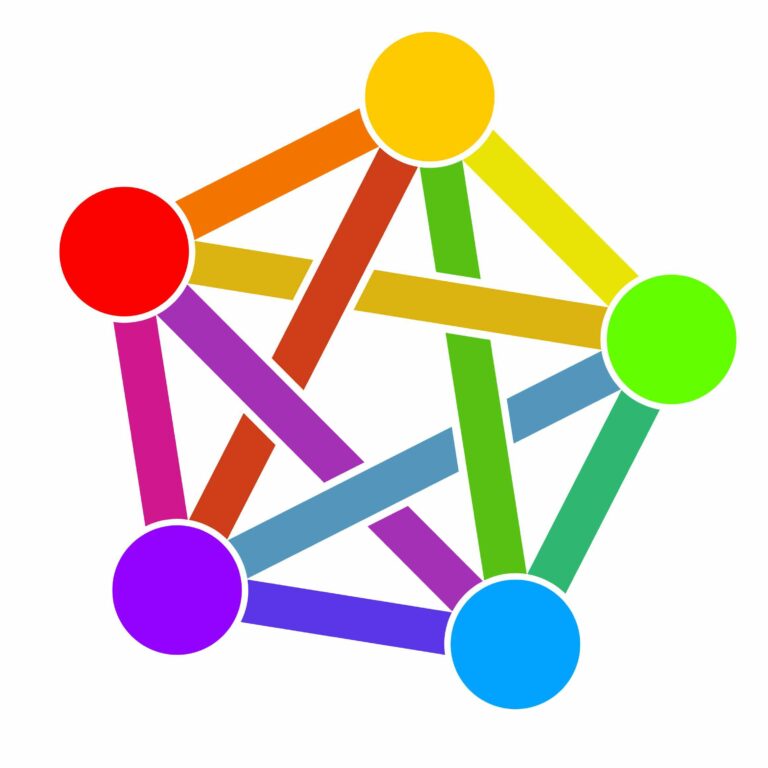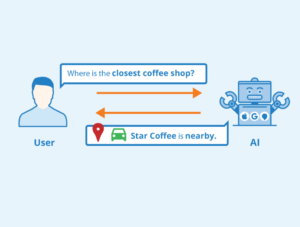Fediverse: What It Is And How It Works

This post explores the features and benefits of the fediverse, as well as what it can do for you and your business.
What Is The Fediverse?
The fediverse combines the words federation and universe to create a federated universe of interconnected servers that can both publish to the web on their own or with each other.
Online fediverse services range from social networking to blogging, file hosting, music, and video hosting and sharing services.
The fediverse is based on open communication protocols, which enables different servers to communicate with one another on a level playing field and eliminate the centralized nature of many large online platforms.
The oldest known implementation of the fediverse is linked to the OStatus protocol. This implementation happened around 2008 when the social network identi.ca was founded and its software released as the free and open-source GNU Social.
Any website that runs the GNU Social software could offer similar services to Twitter, but could further communicate with other websites that implement the OStatus protocol. It could further post to Twitter, categorize topics using hashtags, use OpenID authentication, perform URL shortening, and embed content from sites such as YouTube and so on.
By 2018, however, the W3C presented a new protocol called ActivityPub and it has since then replaced OStatus, Zot, and Diaspora Network as the major protocol that runs the fediverse. ActivityPub provides an API for creating, deleting, and updating content, plus a server-to-server API for cross communications.
Key Features of The Fediverse
The evolution of the software systems and protocols that make up the fediverse is a result of implementing different networking functionalities that have grown to become the key features of the fediverse.
These key features of the fediverse include.
1. Decentralization
This is the major feature of the fediverse. Being decentralized means there is no single, central authority or entity that controls everything or determines what everyone should do and not do through platform rules. Each fediverse platform is an independent instance that operates on its own and its users have more control over their data.
2. Freedom of Expression
Lacking a single entity that controls the fediverse makes it easy for people to express themselves without fear of intimidation or censorship. The fediverse thus promotes freedom of expression for all.
3. Privacy
Users have more control over their data on the fediverse than on centralized platforms.
4. Interoperability
Despite the decentralized nature of the fediverse, platforms can still communicate with each other, enabling users on one platform to interact with those on other platforms as though they were on the same platform.
How The Fediverse Works
The fediverse is a collection of decentralized little platforms spread out across the internet. You can develop or use any software of your choice with the fediverse, so long as it communicates with others using an open protocol.
A fediverse platform allows you to publish or share pictures, blogs, articles, and videos without worrying about platform rules and regulations. If you own the server, then you can post whatever you like because you are the moderator and not some employee in a corporate office.
If you register on some other people’s server, then you may have to abide by their rules–if they have any. Many public fediverse platforms are usually less strict with their rules than corporate-owned social media platforms.
Each independent fediverse instance connects with other independent fediverse instances, so you can follow other users and exchange messages as though you were on the same server. The underlying fediverse protocols make this interoperability between multiple servers seamless.
If you are running the instance by yourself, then you can choose to limit sign-ups or create a special community for just your family or friends. You are completely in control of your online activity without fear of getting your account banned or harassed in any other way.
Most of the other features on a fediverse platform are very similar to their main-stream, centralized counterparts.
Benefits of The Fediverse
As you can imagine, an online platform without a centralized regulating authority comes with many benefits for the user and they include.
- Freedom: Fediverse platforms offer more freedom of speech. If you are running a fediverse server by yourself, then you are practically free to publish whatever you like without fear of moderators taking action against your account. If you are using a public fediverse platform, then you can choose to register with a community server that shares your ideology.
- Open Source: Most fediverse platforms are free and open-source software. So, there isn’t much to worry about, if you intend to host one by yourself.
- Customization: The fediverse makes it possible for anyone to create a highly customized social networking environment. You are even free to develop your very own custom solution, so long as it works with established fediverse protocols.
- Privacy & Data Control: A majority of fediverse platforms focus on their user’s privacy and control of the data created online. This is a big relief for individuals that have issues with the data mining and algorithms employed by big corporations.
Downsides of The Fediverse
In addition to their many benefits, fediverse platforms also have their downsides. Here are the major ones.
- Complexity: From hosting challenges to installation and customization issues, running an online service is not really for everyone.
- Smaller User Base: Centralized social networks often have a larger user base, and this means more people to potentially connect with.
- No Standardization: The platforms share a protocol and that’s it. Much of fediverse software is very different from each other and works differently as well.
- No Protection: While it might feel good to not have anyone moderating your online posts, you are also not protected from potentially offending content from others, such as extremist groups.
How To Join The Fediverse
The easiest way to join the fediverse is to register an account with any of the federated platforms out there. Mastodon is the most popular for micro-blogging, but there are others for video and music-sharing as well.
Check out the Top Fediverse Platforms list below to get started.
Another way to join the fediverse is to install and run a fediverse instance by yourself. But as you can understand, this requires some level of technical knowledge. On the brighter side, most of the platforms listed below run on free and open-source software. So, you will be welcomed and helped by the open-source community.
Different Types of The Fediverse
The fediverse is all about federated publishing using open protocols. The following are the popular platforms and software that use these protocols.
- Micro-blogs and blogs.
- Photo-sharing social networks.
- Video-sharing networks.
- File hosting providers.
- Chat and messaging platforms.
- Music sharing platforms.
- Book Libraries.
The Fediverse Vs Web3
Compared to Web3, the fediverse is a more properly defined and implemented technology. It runs on open protocols that got developed over many years, such as ActivityPub from the W3C. This makes the fediverse easier to grasp and work with.
On the other hand, Web3 is a more loosely defined term that includes what the fediverse already is but additionally integrates ideas about automated data ownership, payments, and many other economic interests, most of which can be solved using Blockchain and similar technologies.
In the end, though, both terms describe decentralized platforms that aim to make the web a much better place than the current centralized Web 2.0 today.
Top Fediverse Platforms
Here are the most popular platforms that run the fediverse using different protocols and offering diverse services.
- Mastodon – A Twitter-like micro-blogging platform.
- FunkWhale – Music-listening and sharing platform.
- Pixelfed – Photo-sharing platform.
- Element – Free and open-source chat software.
- PeerTube – A video-sharing platform.
- Libervia – Multi-communication tool for blogging, messaging, photos & file sharing, and forums.
- Lemmy – News aggregator and forums.
- WordPress – Most popular blogging platform and CMS.
- Streams – Social network and communication platform.
- BookWyrm – Book reading and reviewing social platform.
- Friendica – A social network.
- Pleroma – Lightweight social network server.
- Drupal – Free and open-source content management system.
- OwnCloud – Cloud file storage and sharing.
- GNU Social – Social networking platform.
- Micro.blog – Personal blogging platform.
- Social Home – Social network.
- Nextcloud – Cloud data storage and collaboration.
Frequently Asked Questions
Here are frequently asked questions about the fediverse.
How is the Fediverse different from other online platforms
The fediverse is different from other online platforms by its decentralized nature, which allows anyone to publish anything without fear of censorship or intimidation.
How can I access the Fediverse?
You can either access the fediverse by signing up for an account on one of its platforms or by hosting a fediverse platform by yourself.
Is the Fediverse environment safe?
The lack of a centralized authority that determines acceptable content and behavior means there is no guarantee of what you might encounter on the fediverse.
Can I use the Fediverse for free?
Yes, most fediverse platforms are free to use.
Conclusion
We have reached the end of this brief exploration of the fediverse, and you have hopefully understood its concept, communities, and technologies.
Whether you choose to join the fediverse or not is up to you. But if you are just curious, feel free to head over to Mastodon.social and explore.





